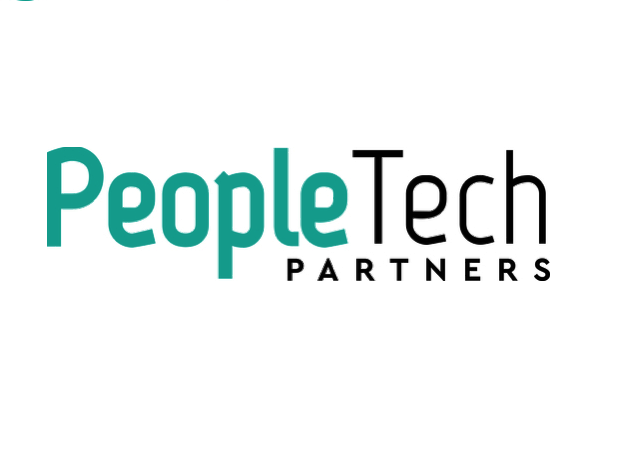By: Hakeem Isaac and Kendra Ward, Founders of unboXt
If ever there were a time to invest in employee engagement and transforming managers into motivators, it’s now. The pandemic has created a critical juncture in the modern workforce, one that serves to distinguish people-focused organizations from profit-focused ones.
As people are at the heart of every successful company, it’s the people-focused ones who stand to build resilience and solidify their continued success.
Burnout is High, Morale is Low
Whether working from home, on the frontlines, or somewhere in between, companies cannot afford to overlook employee engagement and morale. Prior to the pandemic, a Gallup survey noted that 67% of employees experience burnout (23% feel burned out all the time), while
others revealed that negligent managers leave employees feeling alone and uninformed. These effects are being compounded by the current pandemic. A recent study by FlexJobs found that 75% of employees are now feeling burned out, along with worrying about job insecurity and struggling to separate their work and home lives.
These burdens aren’t just the employees to bear. The effects of burnout, low morale, and lack of engagement don’t stop at the office door (or when the Zoom meeting ends). HR leaders should be concerned, but more importantly, they should be proactive in helping employees overcome
these challenges. Only when employees can thrive to their fullest potential will an organization be able to do the same.
Using Digital Check Ins to Improve Employee Engagement
The workforce is increasingly digital, from technologies that enable remote work to apps and automation tools that replace paper and manual tasks. Though HR has always been viewed as the human side of the company, it’s also not immune from the technology evolution.
HR departments are increasingly turning to digital tools to improve (not replace) communications and interactions with employees. And at a time when teams are working remotely and speed of information is critical, the right technology can make a huge difference in how employees feel connected to and supported by their company.
Making digital check-ins with employees part of the normal workflow can be an effective way to gain feedback from employees and help them feel their work is valued. These check-ins are usually informal (but consistent) and serve to take the pulse of your employees or teams. It’s an opportunity for you to get updates on projects, answer questions, or share new information. It also gives employees a chance to voice concerns, share their thoughts or suggestions, and give other relevant feedback.
According to Gallup Business Journal, check-ins support many key drivers of employee engagement, including:
● Getting involved in employees’ success at work
● Helping employees set goals and priorities
● Holding employees accountable for their performance
Using tools like unboXt enables HR leaders to conduct digital check-ins at scale and on a consistent basis. It also compiles data into a digital format and turns it into usable insights and recommendations for improvement moving forward.
The past 12 months have been a prime time for change. And while the thought of implementing yet another new tool or process may seem fatiguing, the reward of increased employee engagement and morale is too great to ignore.
These best practices can help to make the integration smoother:
- Find the Balance Between Support and Micromanagement
Employees want to feel connected and supported, and ongoing communication is a great way to achieve this. However, too much outreach can end up pushing away your employees because it feels like micromanagement. They don’t need to feel as though you’re looking over their shoulder every day. They want to be trusted and empowered to do their job, but also want to know you’re within arm’s reach if they need you.
Finding this balance can be as simple as choosing the right frequency for your check-ins. This frequency may vary, depending on your company culture, how your teams collaborate, and other factors. For example, remote employees may need more check-ins than employees who interface with each other in person.
2. Leverage Digital Technology to Conduct Check-Ins at Scale
We wouldn’t have the work landscape we do today if it wasn’t for the growing bounty of digital tools and apps. There’s a program to alleviate just about any type of headache or task, including the way you conduct digital check-ins.
Take advantage of available technology to simplify and improve how you connect with employees. Tools like unboXt not only allows you to digitally check in with every employee in record time, but also compiles the data you collect and turns it into actionable insights. What’s more, it also supports the human element, not replaces it, so that HR teams can work smarter without sacrifice.
3. Use Your Data to Instill Positive Changes
Last but not least, if you choose to use digital tools like unboXt that collect check-in data and turn it into insights, make sure you’re not just letting that data gather dust. This is a huge incentive of using a digital tool to facilitate your check-ins and ignoring the data you collect means missed opportunities to make your employees feel engaged and supported.
The insights and recommendations by unboXt, for example, can help you visualize where you might be falling short in terms of employee morale and take the guesswork out of how to close the gap.
Right now, every company has a unique opportunity to reorder their priorities to survive the current pandemic. Making employees a top focus now can help to increase retention, reduce recruiting and training costs, and continue serving your customers at a time when they most need you. And while that’s not a guarantee for ongoing success, it undoubtedly gives you a fighting chance.

